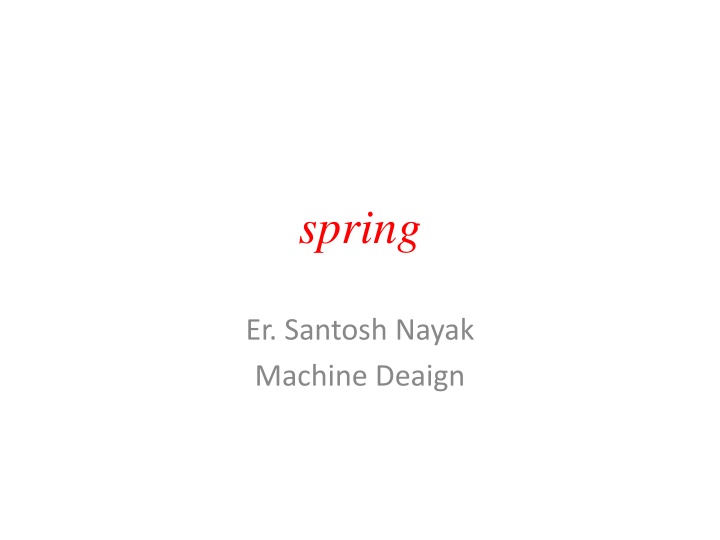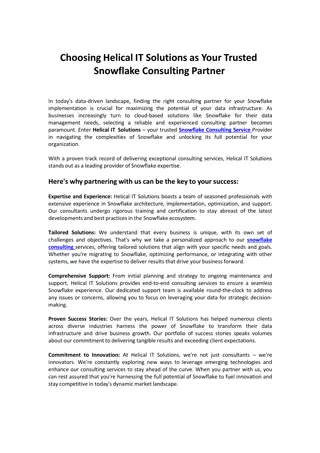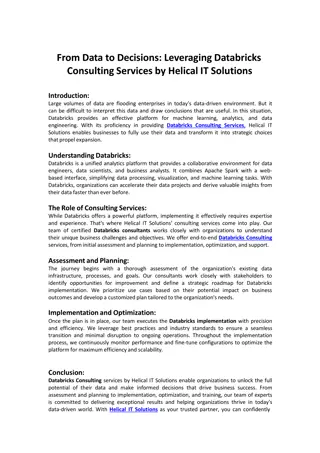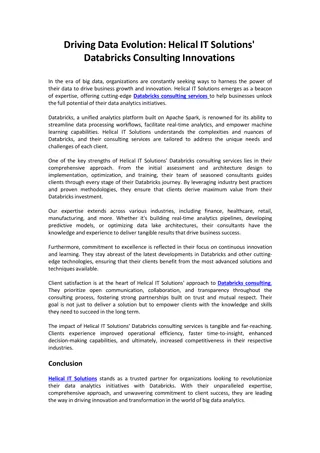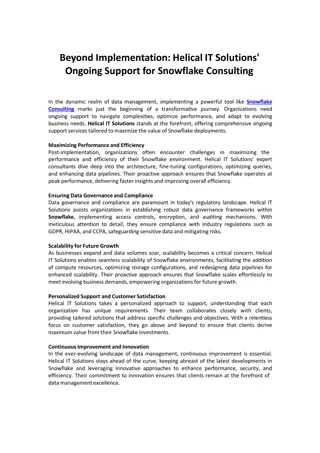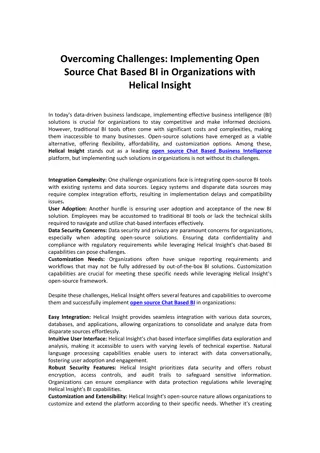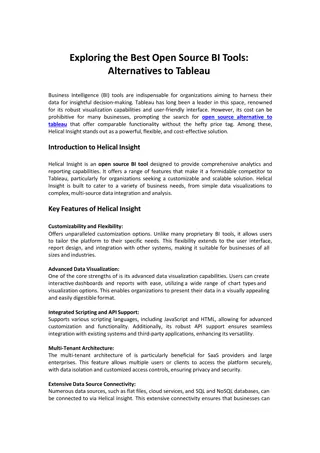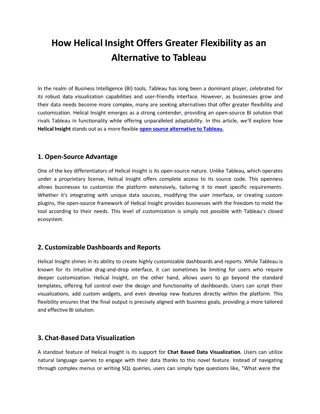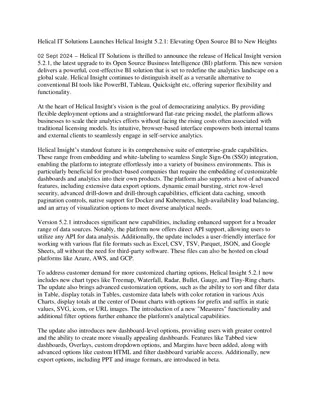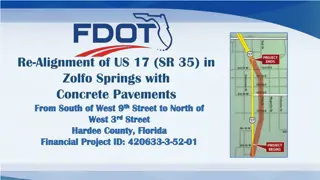Essential Design Considerations for Helical Springs
Helical springs play a crucial role in various mechanical systems. This content delves into key aspects such as clash allowance, eccentric loading, buckling prevention, and critical frequency calculations. By understanding these factors, engineers can optimize spring design for maximum performance and safety.
Download Presentation

Please find below an Image/Link to download the presentation.
The content on the website is provided AS IS for your information and personal use only. It may not be sold, licensed, or shared on other websites without obtaining consent from the author.If you encounter any issues during the download, it is possible that the publisher has removed the file from their server.
You are allowed to download the files provided on this website for personal or commercial use, subject to the condition that they are used lawfully. All files are the property of their respective owners.
The content on the website is provided AS IS for your information and personal use only. It may not be sold, licensed, or shared on other websites without obtaining consent from the author.
E N D
Presentation Transcript
spring Er. Santosh Nayak Machine Deaign
clash allowance Length of the spring, when it is subjected to maximum compressive force. Even under the worst load, minimum clearance is maintained between the two adjacent coils so that they don't clash with each other. It is called clash allowance and is generally taken as 15% of the maximum deflection
ECCENTRIC LOADING OF SPRINGS When the load on the springs does not coincide with the axis of the spring, then the spring is subjected to an eccentric load. The eccentric load on the spring increases the stress on one side of the spring and decreases on the other side. The safe load on the spring may be obtained by multiplying the axial load by the factor D/(2e+D) where D is the mean diameter of the spring and e is the offset distance from spring axis.
BUCKLING OF COMPRESSION SPRINGS It has been found experimentally that when the free length of the spring (LF) is more than three times the mean or pitch diameter (D), then the spring behaves like a column and may fail by buckling at a comparatively low load as shown in Fig. 4.12. The critical axial load (Wcr) that causes buckling may be calculated by using the following relation, i.e. Wcr x q x KBx LF where q = Spring rate or stiffness of the spring = W/ , LF= Free length of the spring, and KB= Buckling factor depending upon the ratio LF/D
It order to avoid the buckling of spring, it is either mounted on a central rod or located on a tube. When the spring is located on a tube, the clearance between the tube walls and spring should be kept as small as possible, but it must be sufficient to allow for increase in spring diameter during compression.
1. Calculate critical frequency of a helical spring wire diameter 10 mm, mean coil diameter 50 mm and number of active coils is 12. Take = 550 MPa, G = 80 kN/mm2and =7.8 x 10-5N/mm3,g = 9810 mm/s2 2. Design a set of helical steel springs to support a static load of 1563 N per spring. In order to provide isolation, the natural frequency of the system must not exceed 100 cycles/min based on each spring supporting a load of 156.3 kg weight. Use shear yield point of 466.7 MPa, a factor of safety 3 and spring index of 6. Design for squared and ground ends and 20% clash allowance.
